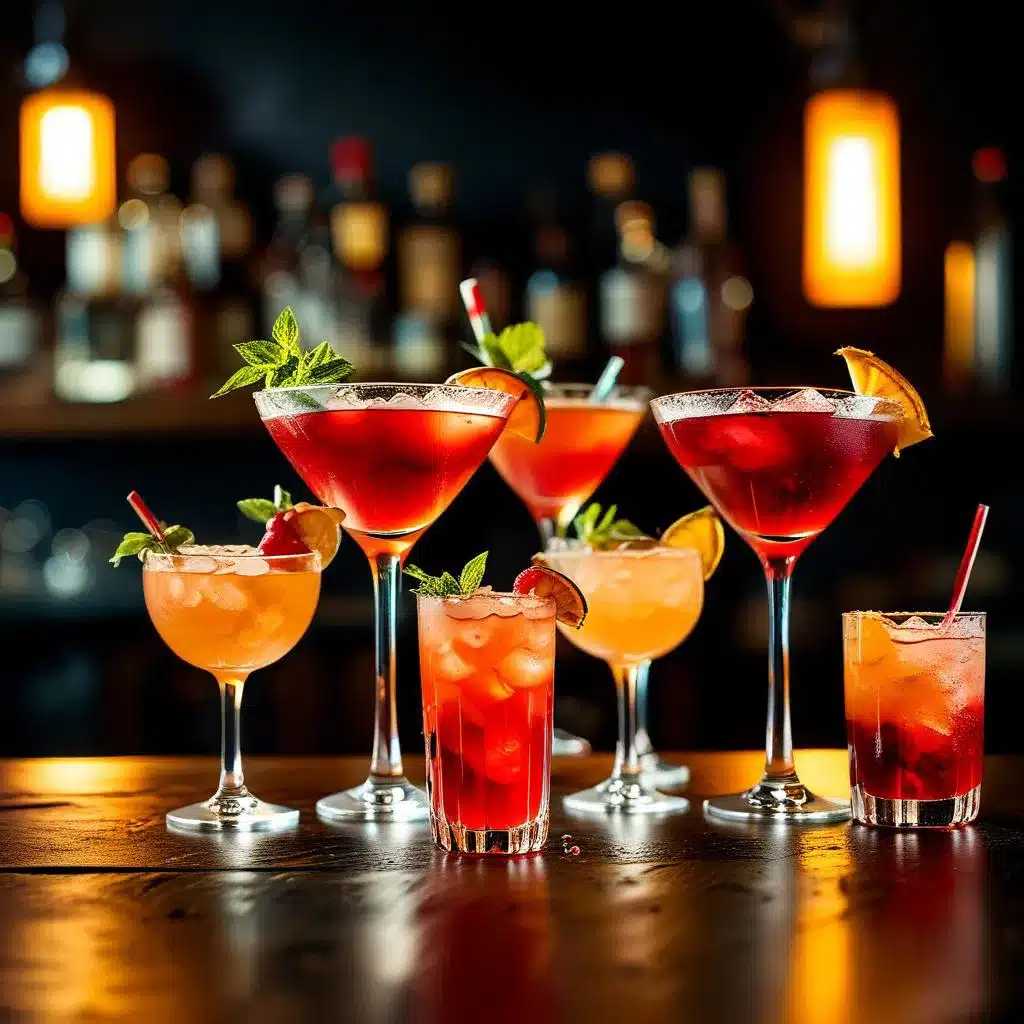The recent cocktail renaissance has forever changed the way the consumer values, enjoys, and, of course, purchases super premium spirits. No longer confined to just straight-up swigs or boring mixed drinks, today’s top-shelf distillations provide the perfect platform for flavorful concoctions that honor the best in age-old wartime brew production and modern cocktail creation. This development shows a subtle appreciation of the levels of quality in which the drink may be enjoyed.
History and Cultural Transformation
Cocktail culture’s focus on top-shelf spirits is a far cry from eras gone by, when mixed drinks did a lot to take the edge off the raw taste of subpar liquor. In today’s world of modern mixology, the world has learned to respect the ingredients that give cocktails their custom design. In this premium spirit, they never compete; they complement.
This shift started with the craft cocktail movement, which stressed ingredients, operations, and the history of the cocktail more and more. Bartenders treated premium spirits with the same reverence that chefs do for great ingredients, realizing that better base spirits make better finished cocktails.
The resurgence of premium spirits in the cocktail trend also mirrors consumer demand for quality, authenticity, and experiences, rather than more, more, more of the same old stuff. Today’s drinkers are increasingly interested in learning about the origins, production methods, and flavor profiles of the high-end spirits they enjoy.
Making Sense of Premium Spirits Categories
Various categories of premium spirits make distinct contributions to cocktail culture, introducing unique attributes that impact the development of flavor and the way they are mixed. Aged four years added complexity and deep character, premium whiskeys offer time-tested blends of straight whiskies with nuanced flavors that are well-suited neat or on the rocks.
With all the talk about neutrality that tops the discourse these days, there are still subtle distinctions in texture and mouthfeel that a refined palate can appreciate, even within the terrain of exceptionally well-made cocktails. The top premium spirits in these classes illustrate how meticulous distillation and filtration yield smooth, clean bases that complement rather than dominate other cocktail components.
Ripe liquors such as fine rums, cognacs, and brandies all bring built-in complexity from barrel maturation, climatic factors, and blending skills. Aging, filtering, and blending are among the steps that make cocktails a splendid way to appreciate these fine spirits.
State-of-the-Art Mixology Methods and Top Shelf Spirits
Modern cocktail culture has invented some really refined tricks intended to highlight fine spirits the right way. Fat-washing, clarification, and aging cocktails are a way to draw out flavors that are inherent in high-quality liquids, but they also add a bit of an avant-garde texture and visual aspect that we can incorporate into the overall drinking experience.
Garnish choice and preparation have developed to enhance, not fight against, high-quality spirits. Aromatics of bitter gentian, spices, citrus, and wormwood include citrus oil, herbs, and spices that serve as a complement.


